| Revolutionary
German duo Wasenhaus is sending shockwaves across
the country (and beyond) with their otherworldly
creations. Find out why they are one of our
discoveries of the year. Stocks are very limited. |
|
| View online | |
| DISCOVERY OF THE YEAR • IN-STOCK |
| Wasenhaus |
| Shockingly pure, drop-dead gorgeous
juice that completely redefines German pinots |
 The duo behind Wasenhaus: Christoph Wolber (left) and Alexander Götze (right) |
| Wasenhaus is one
of the most promising start-ups in Germany and
currently the most exciting one in all of Baden. — Stephan Reinhardt, The Wine Advocate The wines are breathtakingly gorgeous and gracefully northern, with precisely delineated parameters and loaded with fruit and flowers. — Al Drinkle, Metrovino The influence shows in old-school, soulful wines that have marked these youngsters as future stars. — LowIntervention[dot]com |
|
|
Wine often has a strange effect on people. |
It is an emotive beverage. A wine epiphany can turn someone into an incidental poet, or trigger them to go to impractical lengths in search of the same experience, or, as in the case of Alexander Götze and Christoph Wolber of Wasenhaus, compel them to immediately drop whatever they’re doing to set off on the path to becoming wine growers.
Few new wineries in Germany are as talked-about as Wasenhaus. This hyper-artisanal outfit based in Staufen, in the southern part of the Baden wine region, has barely produced two vintages – yet, it has generated a buzz that is absurdly disproportionate to its minuscule size. This tiny operation works less than two hectares currently, but accolades are coming in fast and furious; and with only several thousand bottles produced every year, their cellar is, unsurprisingly, always empty.
When we first heard about Wasenhaus, everything about them clicked immediately, and we knew we couldn’t leave this one alone. Intriguing wine region? Check. Young talents trained in Burgundy? Check. Ambitious low-intervention winemaking ethos? Check. Pinot Noir? Check. The only thing left for us to do was to go over, meet with them and taste the wines ourselves, and by last December, this too: Check.
Minutes into talking and tasting at the estate, it was clear to us that the project was destined for — and we say this with as much restraint as we can muster — greatness. The ingredients are all there: passion, talent, uncompromising vision, and truly great materials. And their story is well worth telling.
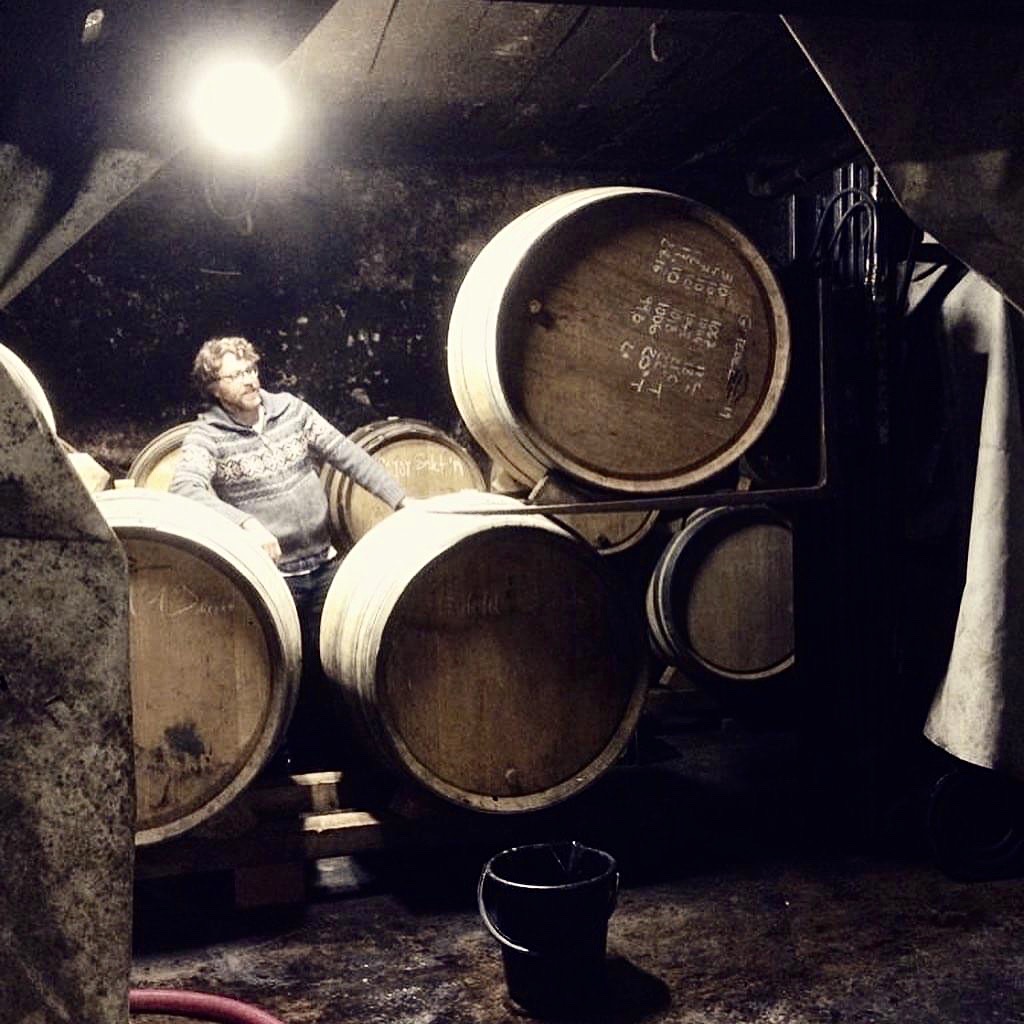 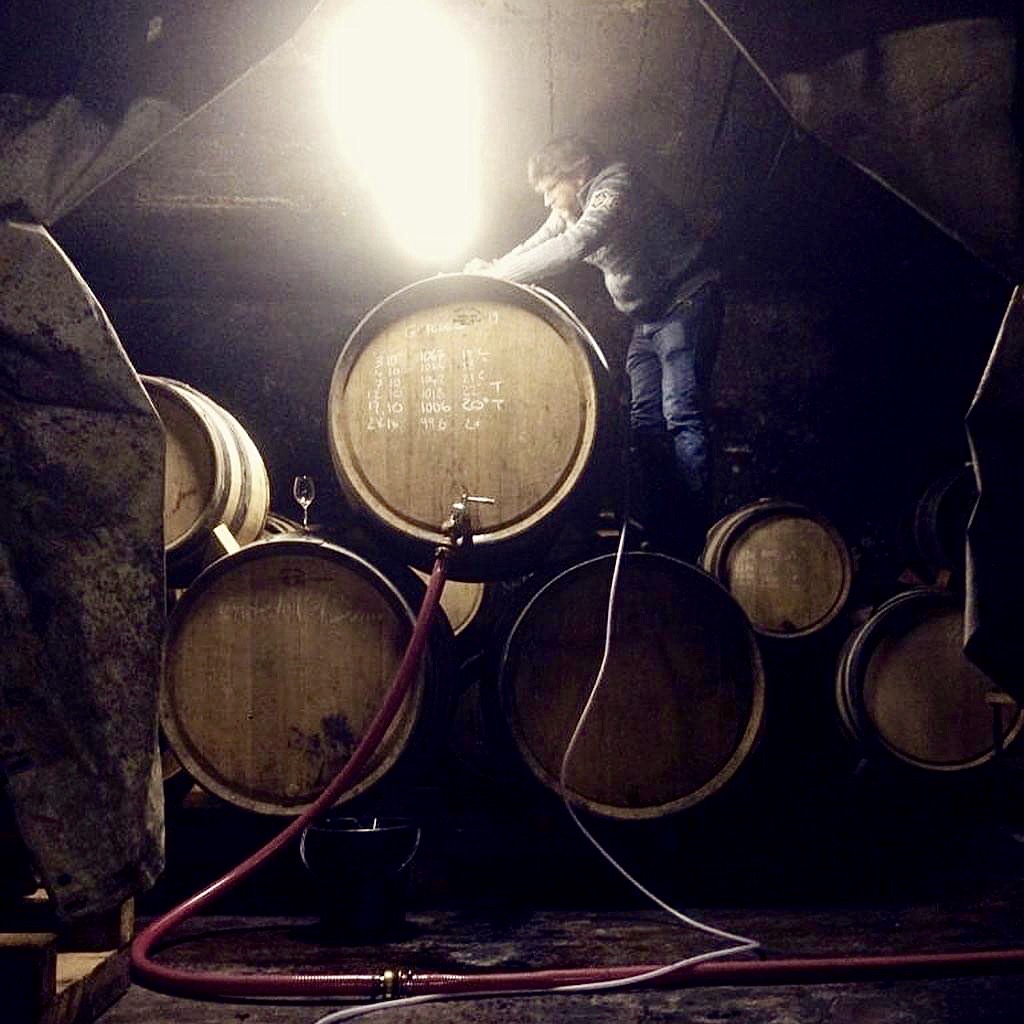
Alexander Götze at work
|
Alexander Götze was once a landscape architecture student. To earn extra money, he started working in some wineries in Saxony. He fell in love with vineyard work and decided he wanted to get more experience, so he started seeking wine internships. His newfound direction in life took him to Montalcino next, and then to Burgundy. He was fortunate to cross paths there with Pierre Morey, who used to be in charge of the world-famous Domaine Leflaive. By this time, Alex had decided that he wanted to be a vigneron and had embarked on a formal education in oenology while working at the same time, through an 18-month work-study course in Beaune. Morey saw something special in Alex’s talent and accepted him as an apprentice while he studied.
Christoph Wolber is a native of Baden, and is in fact from Staufen. His family, however, was not in the business of wine. One day he tasted a Burgundy white wine from the mythical figure Bernard Van Berg. He was entranced by the wine. In no time he was on his motorbike, heading westward to Burgundy. Three hours later, he was at Van Berg’s doorstep, begging for an internship. After spending a few moments chatting and tasting together, Van Berg was suitably impressed by the young man’s spontaneity and passion, and agreed to take him in.
 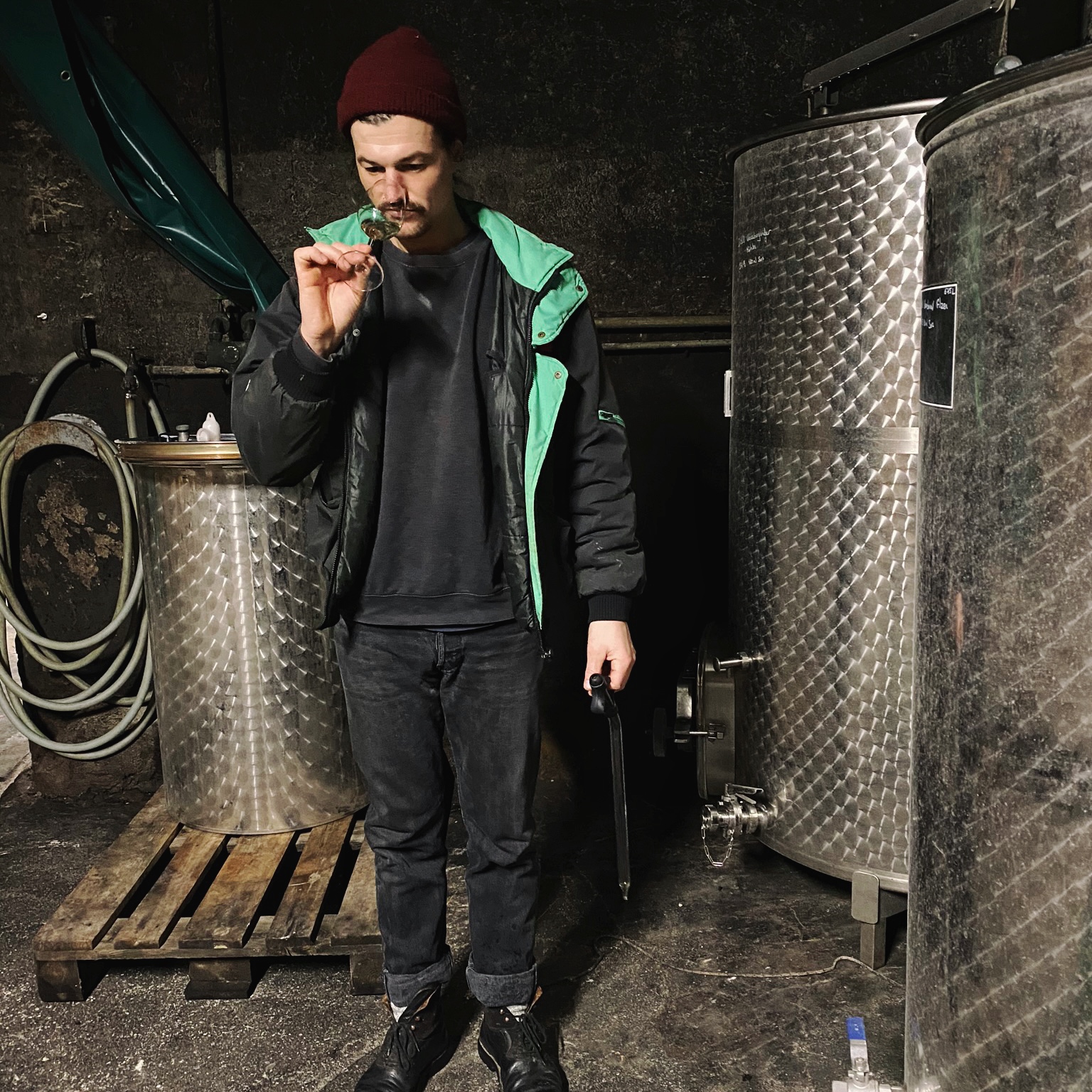
Christoph Wolber
|
Meanwhile, the apartment that Alex had rented had a spare room. He had heard that there was a German lad seeking a place to stay in Meursault. The two met and became housemates. They shared many similarities in how they came to wine, and over the years wound up sharing similar philosophies in viticulture and winemaking as they amassed more experience working with great Burgundy domaines.
(After working at Pierre Morey, Alex became the vineyard manager of another biodynamic powerhouse estate, Domaine de Montille, a position he still holds till this day, while Christoph worked at a few other biodynamic addresses: Domaine Leflaive, Domaine de la Vougeraie and Domaine Comte Armand.)
Alex and Christoph eventually began hatching a plan to start up their own micro-winery and secure a couple of vineyards, so that they could realise their dream of making wines they believed in, using Burgundian varieties. They decided that it would have be back in their own country, and Baden fit the bill. The region is home to the grape varieties they wanted to work with, although it is not entirely without its own set of challenges.
The Baden wine region is twice the size of Mosel but to most of the international audience, with the exception of the most learned and intrepid wine students, its wines remain obscure. Most of the wine production in Baden takes place in cooperatives and the majority of its wines are consumed domestically. These attributes have caused the average wine growing and production process there to be largely driven by practical, rather than qualitative, considerations.
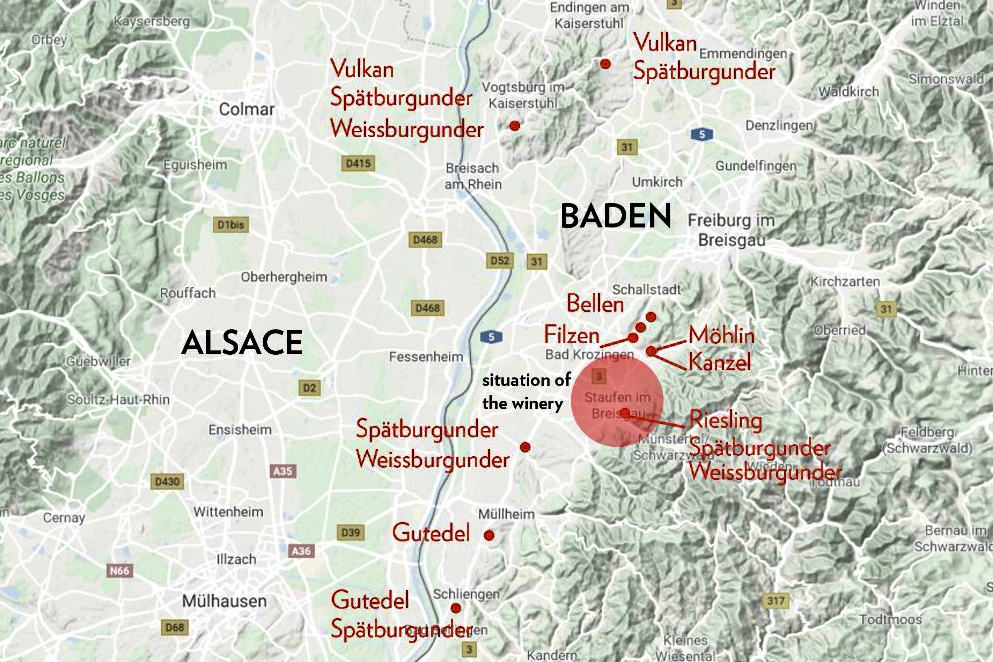 The Baden wine region is laterally just east of Alsace |
The most common grape varieties grown in Baden are Spätburgunder (Pinot Noir) for red, while Weissburgunder (Pinot Blanc), Grauburgunder (Pinot Gris) and Gutedel (Chasselas blanc) are also easily grown here. However, since the 1960s, most of the plantings in the region have been replaced with clones that are more productive and hardy enough to withstand machine harvesting. Alex and Christoph want to make truly authentic wines that represent the historic voice of the region, so this means that they have to make special efforts to locate vineyard parcels which comprise as many original clonal materials as possible. These tend to be found in discreet sites lying on steep hillsides that machines would be unable to access anyway. These plots must also have unique microclimates, and the duo tends to look out for parcels which contain limestone like what is found in Burgundy. Where the site is ideal but clonal variation is not, they graft select clones from Burgundy to enhance diversity within the plot. Replanting is always done with the selection massale approach, as opposed to clonal selection.
| Puristic,
sophisticated, exciting. Alexander Götze and
Christoph Wolber already shook the German wine world
a bit with their first year. Their second vintage is
no less exciting. — Vinisüd[dot]de . . these are among the most talked-about wines in Germany and they deserve this status [ . . ] They are not only that good, but they are that obviously good. — Stephen Bitterolf |
|
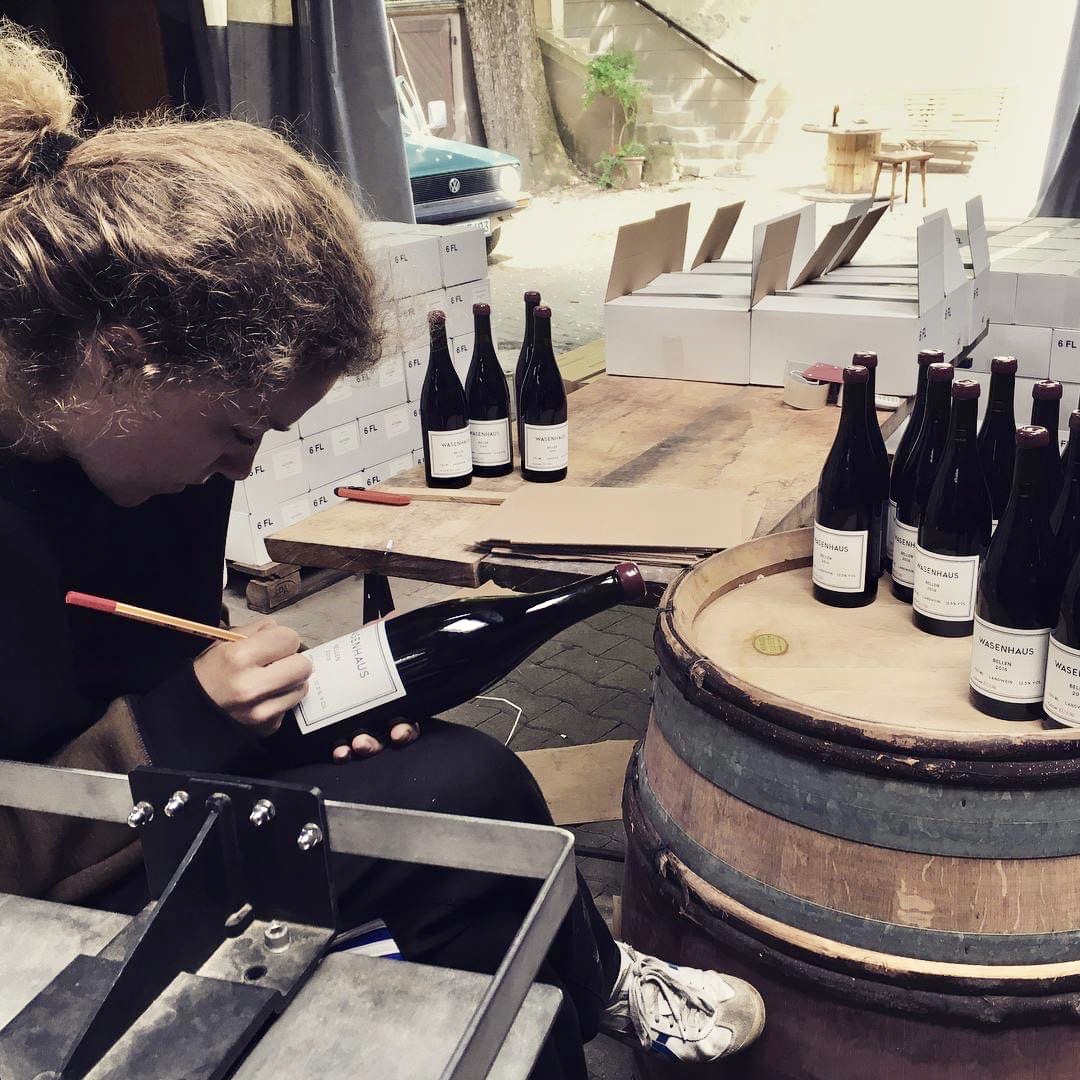 Hand-numbering the single-vineyard bottlings |
Even during the time that Alex and Christoph were hunting around for vineyards, their project was already causing quite a stir in the local wine community. Perhaps it was their combined resumé, which is Burgundy-dominant, or the rather unusual criteria they put up, but what was clear to everyone was that these guys were coming in to shake up the system and take the region to a whole new level. A few quality-minded estates began making friends with the Wasenhaus duo, offering access to their vineyards in exchange for a peek into Wasenhaus’s approach in crafting their wines.
Several purchased parcels soon formed the basis of the Wasenhaus start-up portfolio for their 2016 debut vintage, supplemented by fruits from a few trusted organic growers in the region. Needless to say, all their vines are cultivated organically, following biodynamic guidelines and rhythms. Their winemaking is “low-tech”, as the duo likes to say. Essentially this means: hand-harvesting, basket-pressing, fermenting with whole clusters (depending on the cuvée) in wooden cuves and ageing on lees over two winters in mostly used Burgundian barrels. There is no pumping, fining or filtration. Sulphur addition is very minimal.
Wasenhaus wines are the perfect culmination of the philosophy to which Alex and Christoph subscribe. Authenticity is a top priority, and it is delivered with unsurpassed finesse. There is tension and energy, but also delicacy. These are sensuous wines: vivid, detailed, articulate. They are also extremely drinkable. The duo sets out with Pinot Noir as their focus and the range of Spätburgunders is impeccable indeed – worthy of meeting the palates of the most discerning Burg-ophiles and Pinot-philes any day – but do not for one second overlook their whites: they are nothing short of revelatory.
 |
| We are thrilled to share with you one
of our discoveries of the year, the magnificent gems
from WASENHAUS. Each
and every one of them is delicious and – given their
scarcity – precious. The wines are now available
in-stock in limited quantities. |
These are very fine wines. They are sleek and polished, yet there is a natural pliancy to them; thanks to their low-tech, low-intervention upbringing, they are not at all contrived in any way. Oh heck, let’s just get it out of the way: these are ground-breaking wines. They redefine an entire region and show the world what is truly possible with the wines of Baden. To think that this is only the second vintage that this duo has produced!
The offer is valid until 22 May 2020. Orders will be processed subject to remaining availability and final written confirmation. Some wines have restrictive supplies, so please understand that we may have to allocate them in order to ensure as equitable a distribution as possible. Full payment is required no later than 7 days after confirmation invoice is sent in order to confirm the purchase. All terms and conditions apply.
| - OFFER VALID ONLY UNTIL
22 MAY 2020 - PRICES ARE QUOTED NETT in SGD - ALLOCATIOn RULES MAY APPLY - SUBJECT TO FINAL WRITTEN CONFIRMATIOn |
| Whites |
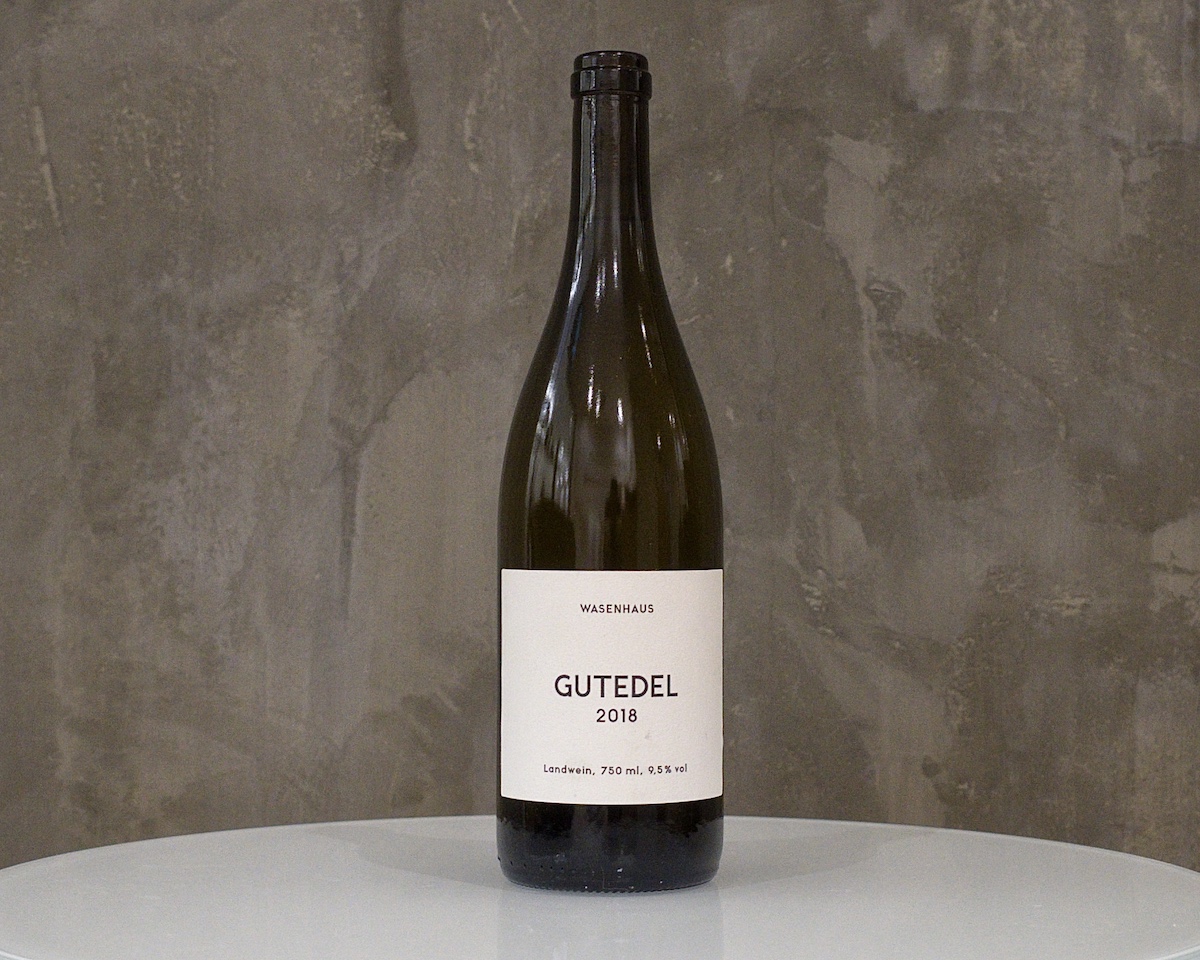 |
|||||
|
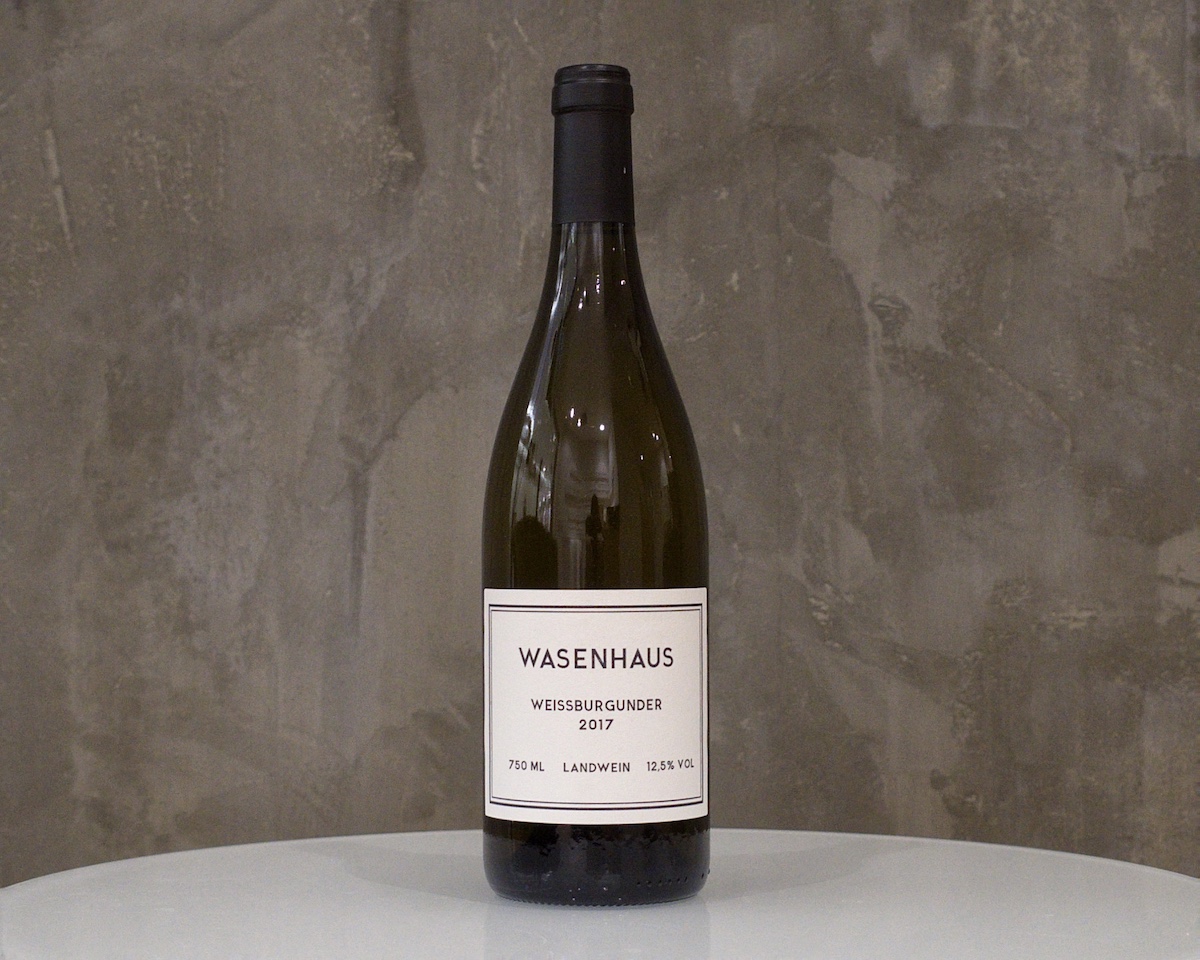 |
|||||
|
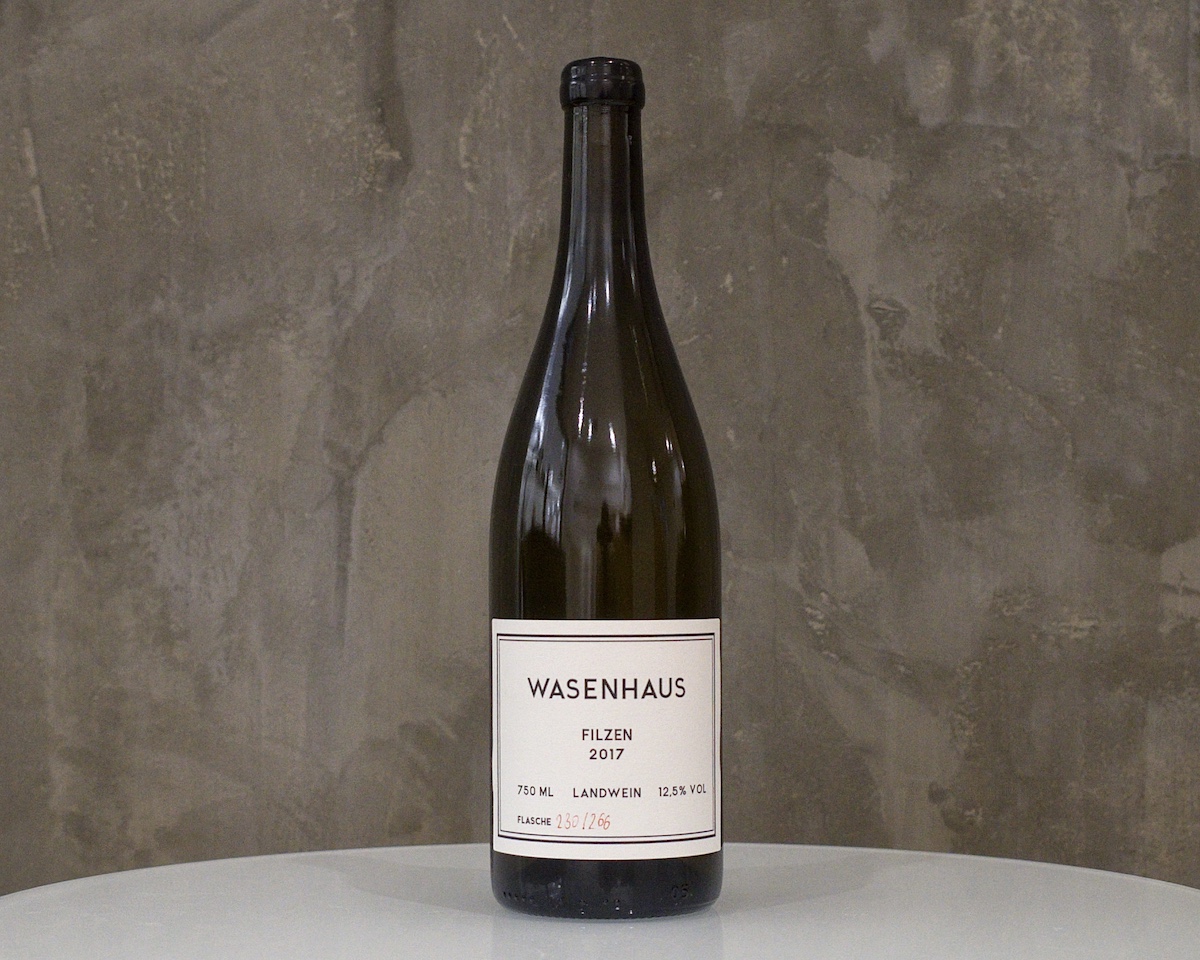 |
|||||
|
| Reds |
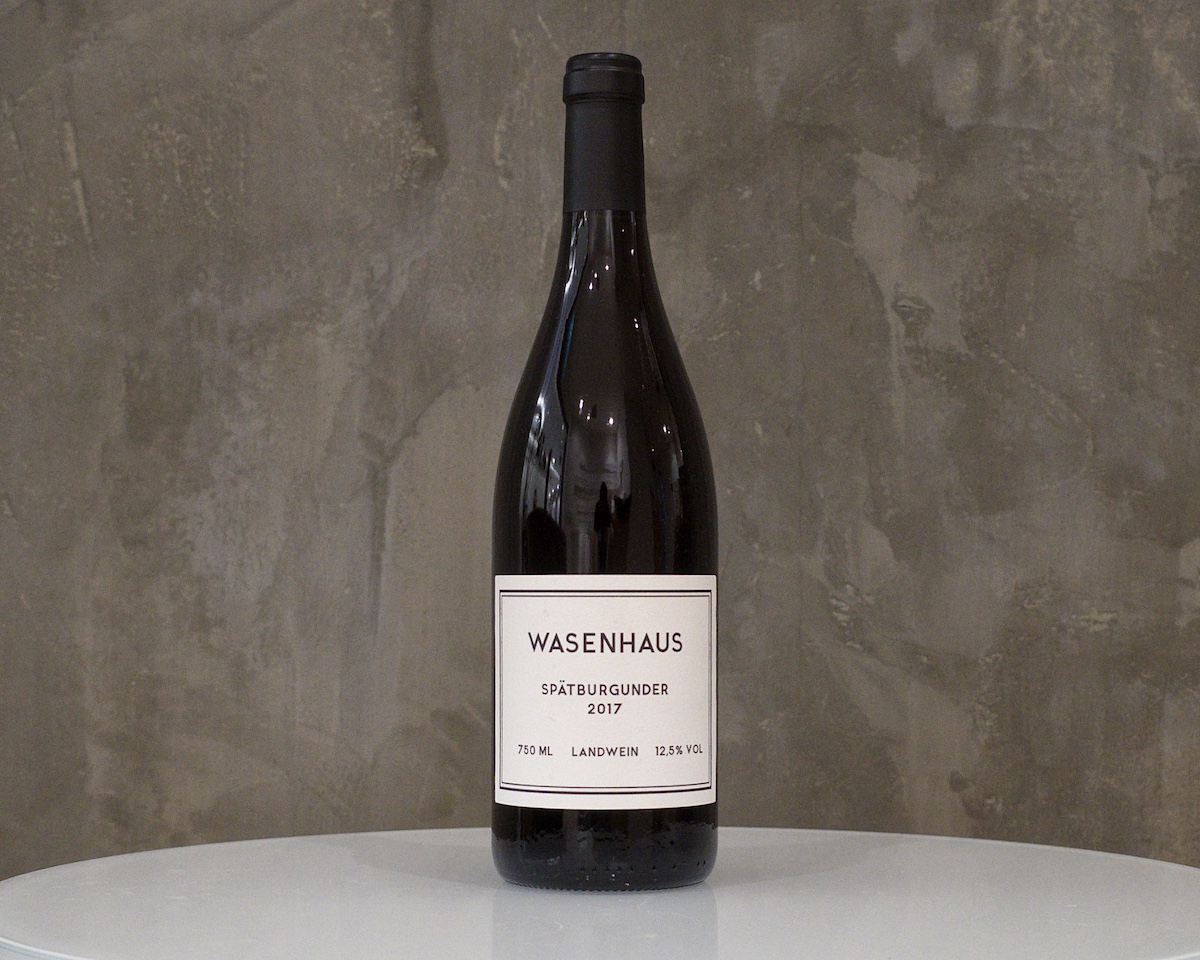 |
|||||
|
 |
|||||
|
TERMS
& CONDITIONS
|
ARTISAN CELLARS MAY 2020
WINE LIST This list outlines a
compilation of artisanal wines that we carry. We
take pride in the sourcing and provenance of our
wines, from the most affordable to the higher ends.
As importers, most of our wines come direct from the
estates. We are proud to work with the most
respected growers from every wine region, each of
them representing the very best that their
respective appellation is capable of producing. To
augment our list, we occasionally include quality
wines from only impeccable sources. Regardless of
point of origin, we are always committed to shipping
and storing them in ideal cellar conditions. Please
email us at sales@artisan-cellars.com
or call us at +65 6838 0373 to enquire about exact
availability of wines, or to find out anything you
wish to know about our wines. This list outlines a
compilation of artisanal wines that we carry. We
take pride in the sourcing and provenance of our
wines, from the most affordable to the higher ends.
As importers, most of our wines come direct from the
estates. We are proud to work with the most
respected growers from every wine region, each of
them representing the very best that their
respective appellation is capable of producing. To
augment our list, we occasionally include quality
wines from only impeccable sources. Regardless of
point of origin, we are always committed to shipping
and storing them in ideal cellar conditions. Please
email us at sales@artisan-cellars.com
or call us at +65 6838 0373 to enquire about exact
availability of wines, or to find out anything you
wish to know about our wines. |
||||
|
390 Orchard Road B1-01 Palais Renaissance Singapore 238871 t +65 6838 0373 f +65 6836 0036 e sales@artisan-cellars.com w www.artisan-cellars.com |
 |